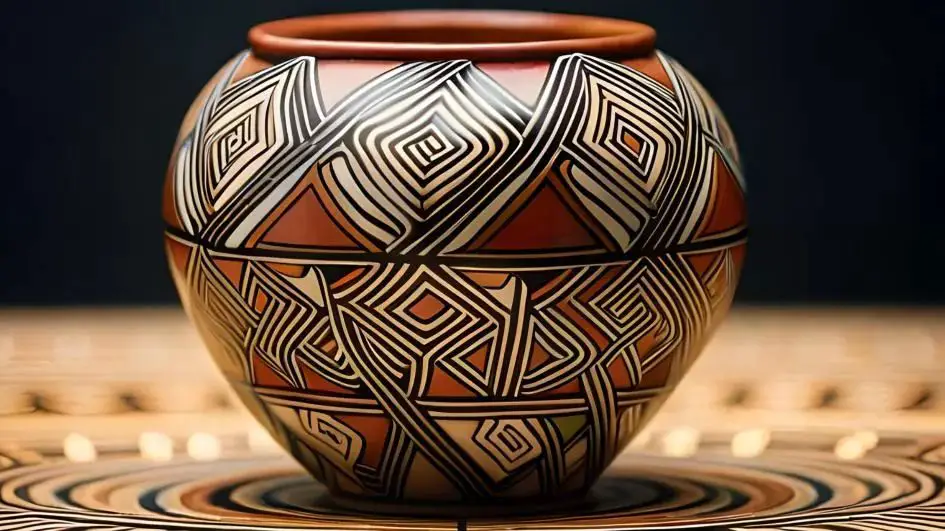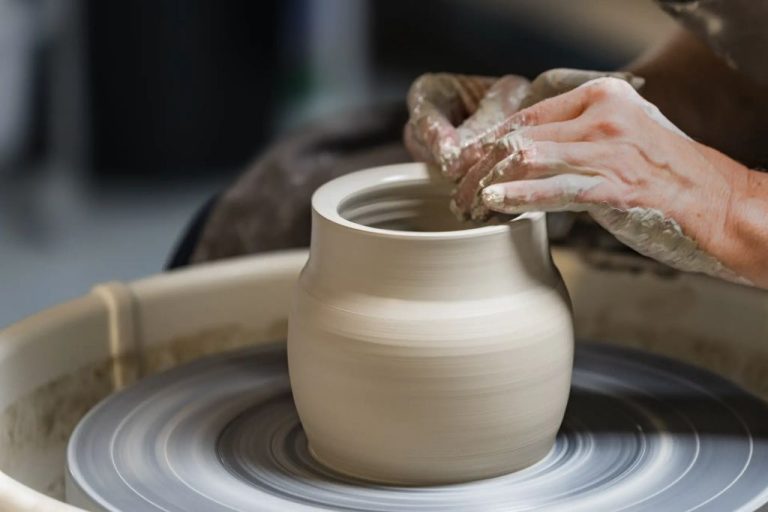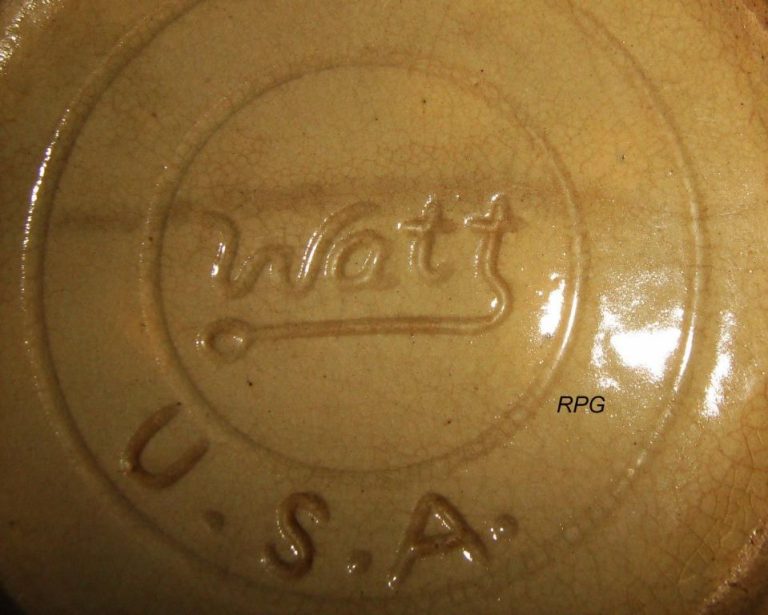What Is The History Of Mata Ortiz?
Mata Ortiz is a small village located in the northern Mexican state of Chihuahua, about 130 miles southwest of El Paso, Texas. It sits along the Rio Casas Grandes (also known as the Rio Santa Maria) in a high desert valley surrounded by the Sierra Madre mountains.
The history of Mata Ortiz is deeply intertwined with the rich cultural legacy of the Casas Grandes region and its ancient Paquimé civilization, which thrived from around AD 1200 to 1450. After the mysterious decline of Paquimé, the Mata Ortiz area was sparsely inhabited by nomadic indigenous tribes until Spanish colonization in the 17th century. For most of its modern history, Mata Ortiz was an isolated, struggling rural village until the revival of traditional-style pottery in the late 20th century brought it worldwide acclaim.
Pre-Columbian Settlement
The Mata Ortiz area was home to indigenous peoples for thousands of years before Spanish colonization. The most notable pre-Columbian settlement was the large city of Paquimé, also known as Casas Grandes, located near present-day Mata Ortiz. Paquimé was built around 1060 CE by the Mogollon or Ancestral Puebloan peoples and reached its peak between 1260-1340 CE with around 3,000-4,000 inhabitants.
Paquimé was an important center for trade and ritual in the southwestern part of North America. The multi-story adobe buildings, plazas, and ball courts of Paquimé reflected the advanced architectural and engineering skills of its inhabitants. Intricate pottery, textiles, and ornaments have been excavated, showing the highly skilled artisanship of the Paquimé people.
After 1450 CE, Paquimé and many other settlements in the region were abandoned for unclear reasons, possibly due to drought or violence. The descendants of the indigenous groups who built Paquimé likely include the Casas Grandes, Conchos, Sumas, and others who still inhabit parts of northern Mexico and the southwestern United States [1].
Spanish Colonization
The Spanish began colonizing the region in the late 16th century. In 1598, Juan de Oñate led the first Spanish colonial expedition into the region and established the first Spanish settlement in what is now Chihuahua, Mexico (https://en.wikipedia.org/wiki/Mata_Ortiz_pottery). The Spanish brought Catholic missionaries to convert the indigenous peoples to Christianity. Throughout the 17th and 18th centuries, Spain expanded its settlements in the region and built Catholic missions and churches.
The missionary activity was led primarily by Jesuits in the area around Casas Grandes, near where Mata Ortiz is located today. The missionaries aimed to convert the native peoples and alter their cultural practices and beliefs. This caused significant changes and disruptions to the indigenous cultures in the region (https://studiopotter.org/history-and-story-mata-ortiz-ceramics-why-oral-tradition-matters-part-i/).
19th Century
In the 19th century, Mata Ortiz was repeatedly attacked by Apache raids, causing the town’s population to decline drastically. The Apache frequently raided and pillaged the town, stealing livestock and destroying property (Mata Ortiz – Wikipedia). By the late 1800s, Mata Ortiz was nearly abandoned due to the violence and destruction brought by the Apache. The population dwindled from thousands to just a few hundred residents. Many fled to larger towns and cities to escape the constant threat of Apache raids. The town’s economy was also severely disrupted, as agriculture, livestock, and trade diminished. Mata Ortiz entered a long period of stagnation and decline that would last until the mid-20th century (The Treasure of Mata Ortiz – Stanford Magazine). The Apache raids and violence left the town impoverished and depopulated.
Juan Quezada
Juan Quezada was born in 1940 in Mata Ortiz, a small town in the mountains of Chihuahua, Mexico. As a young man, he worked as a migrant laborer and goat herder. In the 1960s, Quezada stumbled upon some fragments of ancient Paquimé pottery while herding his goats. This discovery inspired him to revive the lost tradition of pottery making in his hometown.
According to the article “The Ballad of Juan Quezada” from PBS Frontline World https://www.pbs.org/frontlineworld/stories/mexico403/thestory.html, Quezada taught himself how to make the beautifully painted pots he remembered from his childhood by experimenting with clay from ant hills and plants for dyes. He would walk five miles to gather clay and fashioned his own primitive potter’s wheel to throw vessels.
Quezada’s pottery quickly garnered attention from American collectors in the 1970s. With growing interest in the art form, Quezada mentored others in Mata Ortiz in the pottery techniques he had rediscovered. Today, the town is home to around 300 artisans producing pottery inspired by Quezada and the ancient Paquimé designs.
Pottery Revival
The revival of the pottery industry in Mata Ortiz began in the 1950s with Juan Quezada Celado. Juan was born in 1940 and grew up in Mata Ortiz. As a young boy he would find fragments of ancient Paquimé pottery around the area, which inspired him to learn the techniques of pottery making. Juan experimented with the clay from the area and tried to reverse engineer how the Paquimé pots were made centuries ago. He focused on natural paints and a technique of burnishing the clay by rubbing smooth stones on the surface before firing.

By the 1970s, Juan had perfected his techniques and began making pots to sell. His pots featured intricate geometric designs reminiscent of Paquimé as well as innovative motifs. Juan shared his techniques with others in Mata Ortiz, sparking a revival of pottery making in the village. Family and neighbors learned from Juan and soon there were dozens of potters in Mata Ortiz.
As the Mata Ortiz pottery grew in quality and reputation, traders and galleries from the US began purchasing the pots to sell in the American Southwest. Galleries promoted the minimalist aesthetic and high quality of Mata Ortiz pots. By the 1990s, Mata Ortiz pottery was being sold and exhibited around the world.
Today, the pottery industry sustains over 300 potters and their families in Mata Ortiz and neighboring villages. While keeping traditional designs and techniques, potters continue to innovate and create unique works of art coveted by collectors globally.
Mata Ortiz Today
Mata Ortiz has seen incredible growth in the pottery industry over the last few decades. Today there are over 300 workshops in the village employing more than 600 artisans (Smithsonian 2022). The pottery industry generates over $10 million in sales annually, making it the primary source of income for residents of Mata Ortiz (Los Angeles Times 2013).
The success of Mata Ortiz pottery has brought prosperity to what was once an impoverished village. In the 1970s, many residents lived in homes with dirt floors and no running water or electricity. Now, nearly every home has indoor plumbing, TVs, and other modern amenities thanks to the thriving pottery business (Smithsonian 2022). Mata Ortiz has become a tourist destination, drawing visitors from around the world who come to buy the famous handmade pottery.
While the pottery is sold globally, it remains handmade locally in Mata Ortiz using ancient techniques. This locally-based industry provides employment and has allowed the village to develop while retaining its cultural heritage (Los Angeles Times 2013). Juan Quezada’s revival of this ancient art form has led to a renaissance for the entire community of Mata Ortiz.
Sources:
Los Angeles Times. (2013). Shaped from clay: The rapidly evolving pottery of Mata Ortiz transforms a Mexican pueblo. https://www.latimes.com/travel/la-tr-mata-ortiz-20130113-story.html
Smithsonian Institution. (2022). Transformation in Mata Ortiz. https://americanart.si.edu/exhibitions/online/mata_ortiz/matamomm.cfm
Notable Potters
Some of the most well-known potters in Mata Ortiz include:
Juan Quezada is considered the founding father of the Mata Ortiz pottery revival. After discovering the ancient Casas Grandes ruins in the 1970s, he experimented to recreate the traditional styles and techniques. He mentored the first generation of Mata Ortiz potters. [1]
Lydia Quezada, Juan’s wife, is one of the most famous potters from Mata Ortiz. She specializes in black-on-black pottery and her pieces are on display in major museums. The quality of her work rivals the original Casas Grandes pottery. [2]
Nicolás Quezada, Juan’s youngest son, creates innovative contemporary pieces like masks and animal figures in addition to traditional vessels. He experiments with clays, oxides, and tools from other regions to expand his palette. [2]
The Ortiz family is known for their exceptional pottery skills passed down through generations. Sisters Consolación and Reynalda Ortiz are internationally renowned for their painting, burnishing, and firing techniques. [2]
Artistic Style
Mata Ortiz pottery is distinguished by its artistic style and painting techniques. The potters use mineral paints and natural clay slips to produce geometric, abstract, and figurative designs. Common motifs include birds, fish, deer, trees, flowers, and Mesoamerican symbols (Mata Ortiz Pottery). The painting is done with fine brushwork, producing intricate details and patterns.
The style combines influences from the ancient Casas Grandes pottery tradition as well as contemporary Mexican folk art. Juan Quezada studied the ancient artifacts to revive the lost techniques, but modern potters have adapted the style to reflect their own creativity. There are noticeable regional variations between potters from different villages (Mata Ortiz pottery). For example, potters from Porvenir tend to use bolder colors and abstract designs compared to the naturalistic images favored in Mata Ortiz.
Each piece is hand-painted and unique, demonstrating the artists’ individual talents. The beautiful paintings elevate these clay vessels into works of art.
Global Reach
Mata Ortiz pottery has gained immense international popularity over the past few decades. Juan Quezada’s revival of the ancient Casas Grandes pottery style sparked a renaissance in the small town of Mata Ortiz, with the distinctive pottery now being created by over 300 artisans in the area. Mata Ortiz pots are sold and exhibited all over the world today.
Mata Ortiz pottery can be found in museums and galleries globally, including the Spencer Museum of Art in Kansas, the Smithsonian Museum of the American Indian in Washington DC, and the Museum of International Folk Art in Santa Fe. Exhibitions have been held showcasing Mata Ortiz pottery at the San Diego Museum of Art and the British Museum. The pottery’s unique contemporary interpretations of the ancient Casas Grandes style have earned Mata Ortiz international acclaim.
According to one source, “In 1999, the Mexican government awarded [Juan Quezada] with the “National Prize for Arts and Sciences” for the revival of the art of pottery making in Mata Ortiz” (Source). This demonstrates the global recognition Mata Ortiz pottery has achieved thanks to the artisans Juan Quezada inspired.




